Description
The Revv Amplification G3 Distortion Pedal is back in stock. Arriving with you in New condition and made by Revv AmplificationJust chill out about the warranties and all that. This is just a great pedal from a great brand, its available and in stock. Pedal Distortion G3 Amplification Revv Guitar Effect Pedal. The G3 is a powerful distortion pedal made by high-gain amp masters, Revv Amps This pedal captures their signature aggressive distortion tones in an easy-to-use pedal format and the pedal comes with varying degrees of gain allowing you to go from chunky, thick rhythm tones to searing lead tones that will have you cutting through the mix The layout is fairly standard, and will be familiar to you if you ve used a few different distortion pedals It s got a bass, middle and treble control that ll allow you to sculpt the EQ output to match the guitar you re using and this EQ is quite versatile whether you re using a 7/8/9 string guitar or a standard 6 string Ypu;ve also got volume and gain to dial in the amount of distortion you want on your signal
Aggression Toggle
The aggression toggle is where the magic happens The toggle switch has a blue and red option that ll give you a gain and volume boost to varying levels of intensity Here s what Revv Amplification say about the G3 Distortion pedalRevv s Purple Channel 3 is one of the most unique tones in modern amps Extremely tight clear with the right amount of saturation for any situation Now that tone is available to everyone in a less-expensive pedal format that s versatile feels great under the fingers FeaturesSuitable for: Metal, Rock, Blues, Country, Prog, Fusion, Punk, Extreme Plays nice with: Combos, Heads, Pedalboard Rigs, in Effects Loops, w/ Cab Modeling Form Factor: Small Single-Space Enclosure, Standard 9v Power, Durable Construction, Top-Mounted Jacks, Blue LED, Laser Etching Mix-Ready – Smart filtering keeps lows tight highs present with no mud or ice Feels Great — Constant revisions ensured the attack bloom of notes is inspiring to play, like your favorite amp Versatile — Fat and warm or tight bright Heavy amp-like saturation or light overdrive Integrates Into Any Rig — Distortion channel in front of a clean amp, another flavor of gain with a multi-channel amp, easy traveling, great studio tool, works great with analog digital
. Available from Just Pedals for only £219 + delivery. Read More for details, demos & to order securely online.
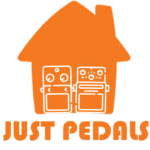
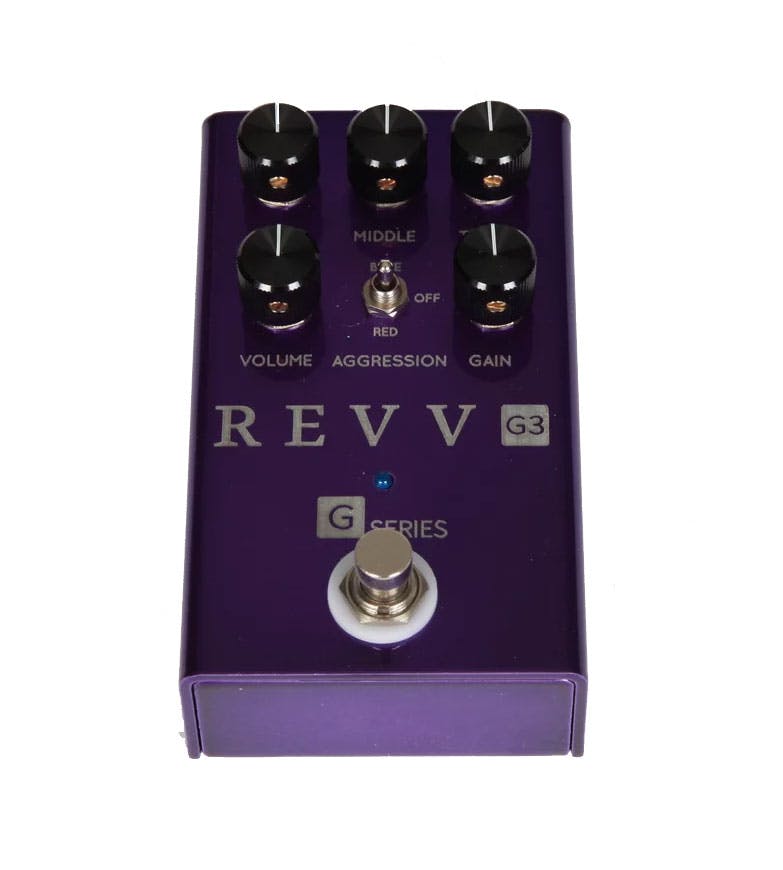
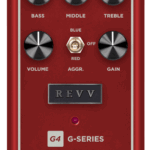
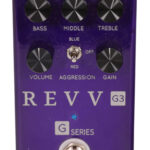
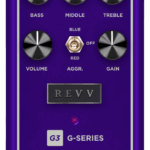
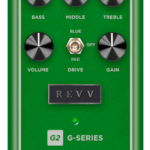
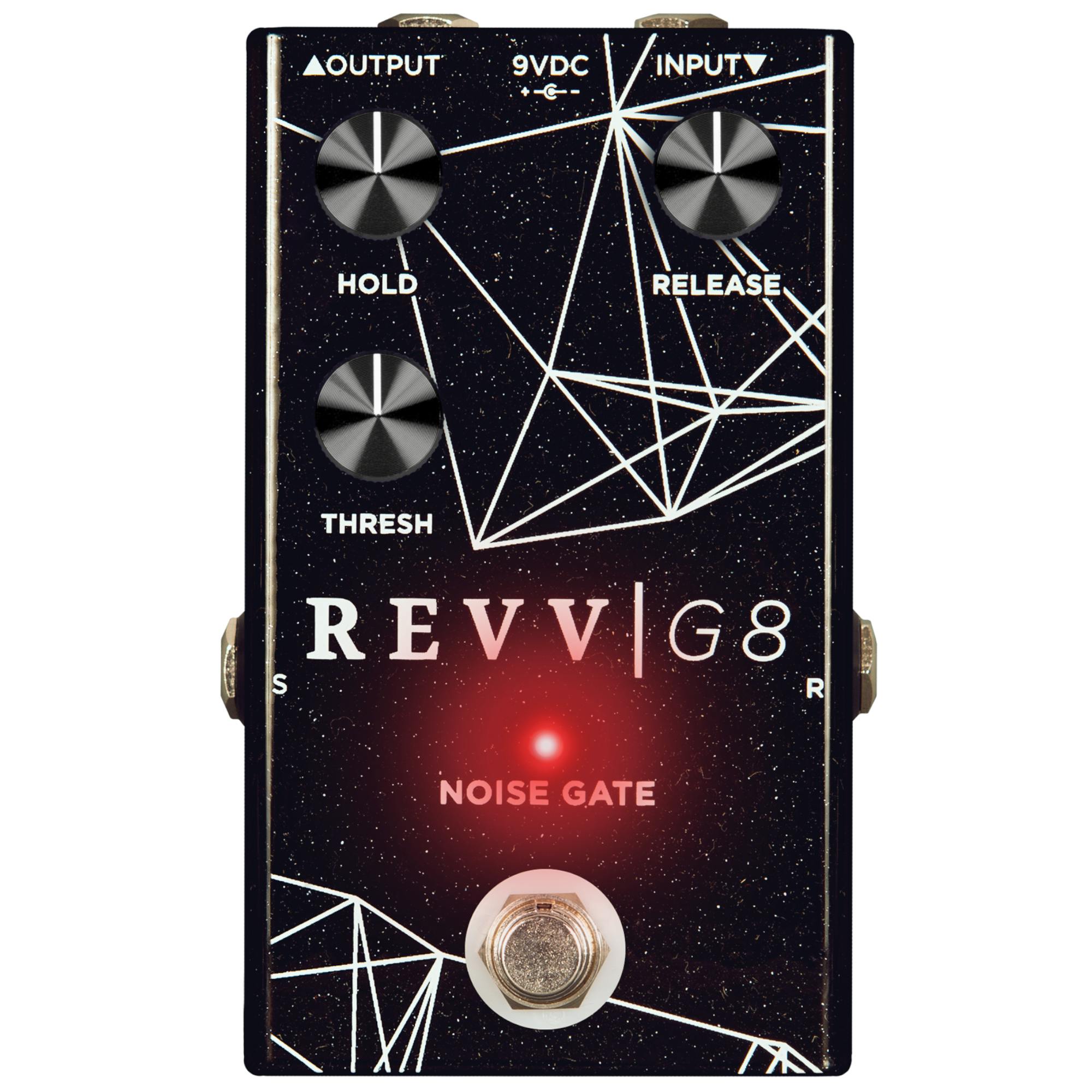
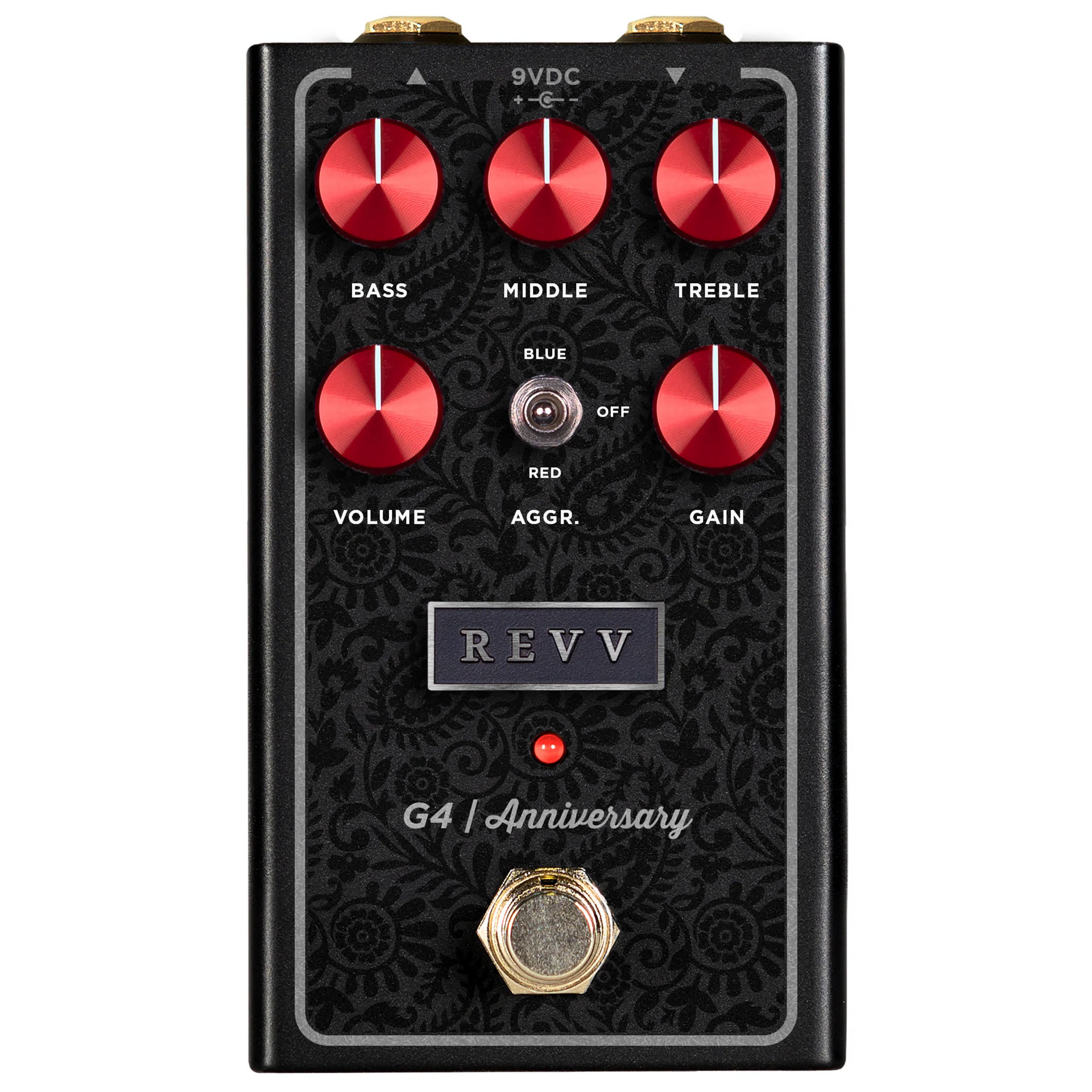
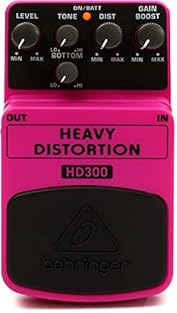



![[High-Gain Distortion] As a High-Gain distortion pedal, Donner's Morpher sounds like a crossover between MI Crunch Box and Suhr Riot. Great for hair metal/glam metal/pop metal. [3 Distortion Modes] Designed for richer playability. Wide dynamic range ...](https://m.media-amazon.com/images/I/41UzzFseciL._SL313_.jpg)